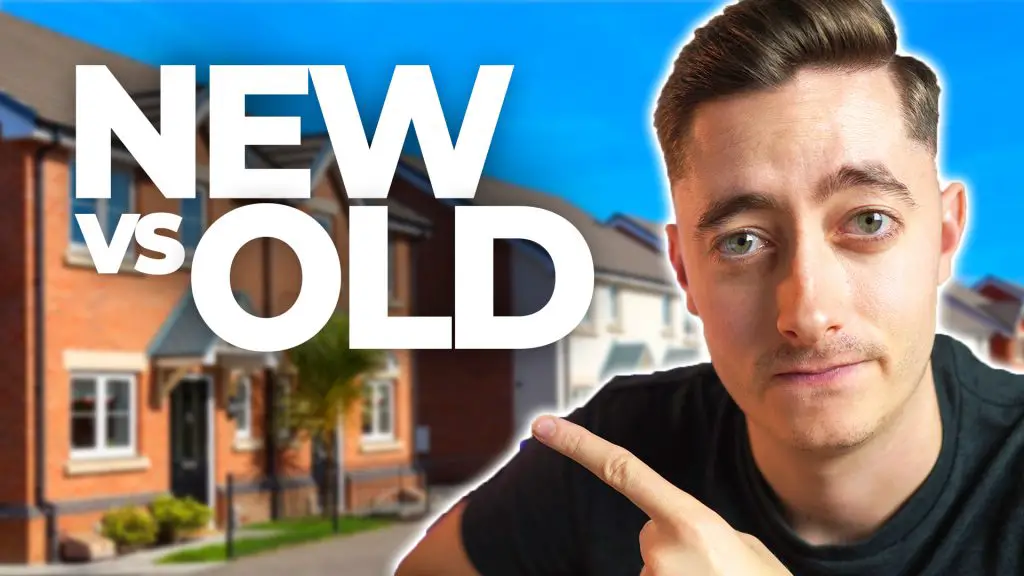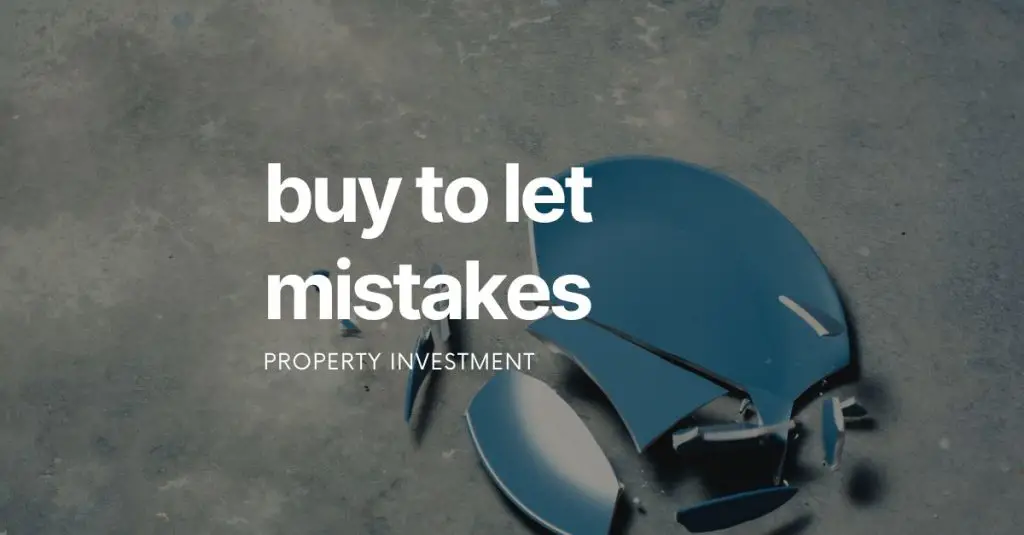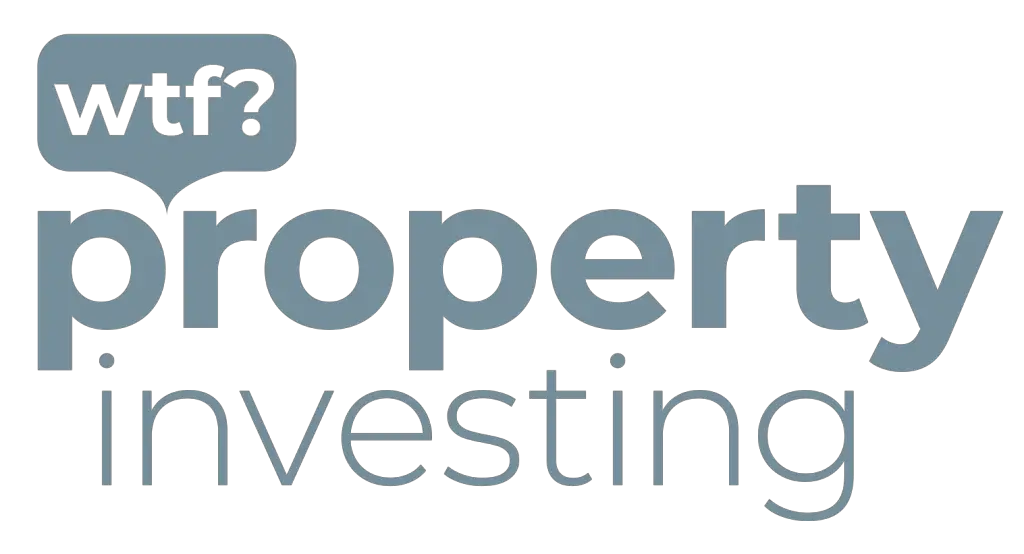Introduction to Buy to Let Mortgages
When building a property portfolio and becoming a landlord, getting a buy to let mortgage is a huge opportunity to leverage finance and buy properties that are assessed on rental income. Raising finance is very important to build a successful portfolio and mortgages are the most common way that beginners get started in property investing.
With buy to let mortgages, bridging and development finance and more – you can really grow and expand your property investment portfolio, however there is often worry or doubt about how to quality for a mortgage amongst new investors in the market.
This is the ultimate guide to Buy to Let mortgages in the UK for property investment to help you understand the process of raising finance and getting started in the world of property as a landlord!
What is a Buy to Let Mortgage?
Let’s explore the basics of getting a buy-to-let mortgage, first of all – what is it?
Mortgages in general are a great financial invention, they’ve been around for a very long time and allow you to buy a property for about 25% of it’s actual price in the form of a deposit and pay a monthly amount on the rest of it.
When you buy a new property, your deposit forms part of what is known as your equity. The rest is debt that is owed back to the mortgage. However the good news is that you get to benefit from all the capital appreciation on the property. So even though the bank technically own 75%, if your property goes up in value… you get all of that increase above the bank’s debt.
That means you still owe the same money back, regardless of the house price. This is great in an upwards market, but can create risk and negative equity when a house crash happens or if you pay too much meaning your house is worth less than your mortgage meaning it cannot be repaid back purely by selling the house.
Buy to let mortgages are secured against the asset or the property, which means that if you do not make your monthly repayments and fall in arrears, the lender can protect (secure) their loan and repossess the house and sell it onwards to recoup their money.
Because mortgages are secured against the house, this is why compared to any other investment, banks loan against houses.
Typically people fix their mortgage for either 2 years, or 5 years and change the mortgage every time, this is known as remortgaging. You do have to choose a length of mortgage when you take it out – but it’s rare that people stay on it because the rate often goes up and it’s cheaper to remortgage, pay the fees and solicitors costs because you’ll keep the monthly repayments low and competitive in the market.
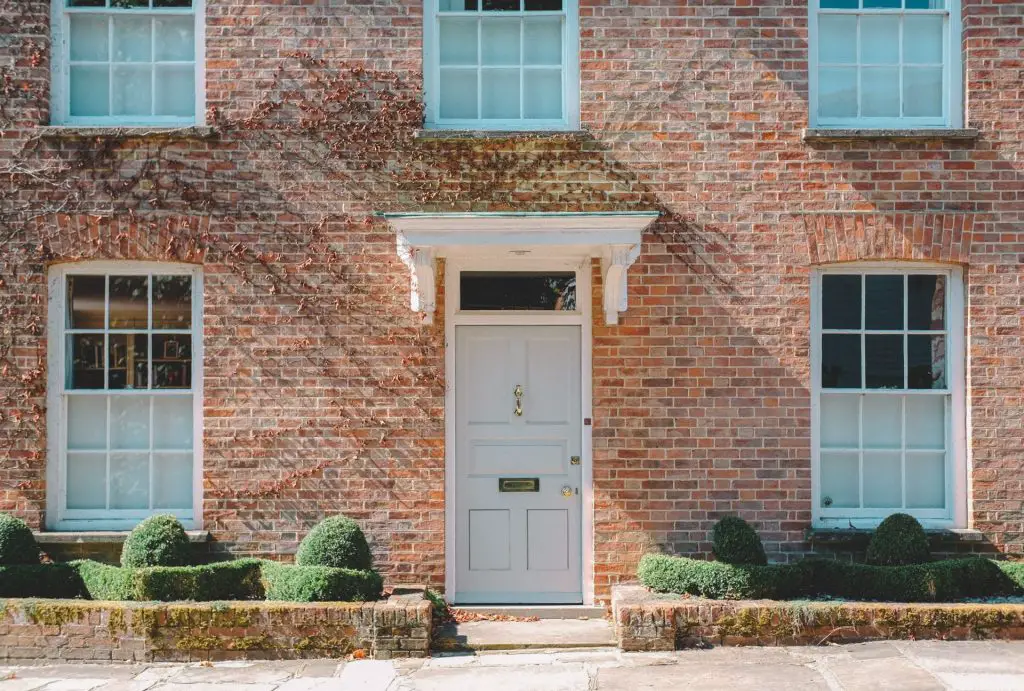
How Do Buy to Let Mortgages Work?
There are some core requirements for a buy to let mortgage to work for you. Firstly the house has to be habitable, this means that there must be a kitchen and bathroom with drainage. It doesn’t have to be anything fancy or new, but it has to atleast exist.
I’ve heard some property investors literally put a hose pipe over a bucket with drainage out the house – it’s not pretty… but it ticks the box of having a sink with drainage when working on refurbishment projects.
Every lender has their unique criteria which means there’s lots of choice on the market. Some lenders won’t work with limited companies, some might not want certain history like CCJ’s and arrears.
You have to also make sure the house is of standard construction, this means it’s harder to get lending and mortgages on for example, a caravan unless you’re using a specialist product. You also have to be careful of concrete or wood-construction houses.
Often when searching for houses, you might find a house way cheaper than anything else in the area, non-standard construction is usually the reason why. It’s even more obvious when you see that it’s a cash only purchase so be wary of these. Especially if you buy at auction, I came across a few non-standard construction houses that wasn’t clear in the legal paperwork.
It’s always best to work with a broker because they often have access to mortgages not publicly available and they can help you get the best rates. A good broker will also know the best banks to apply for.
Especially if you have a more complex company structure or the property is unique (for example it’s listed) this might need a specialist lender rather than just going down the high street and asking the big retail banks for their buy to let options.
How Many Buy to Let Mortgages Can I Have?
You can have as many buy to let mortgages as you like. In the eyes of a lender, you only become a ‘portfolio’ landlord after you own a minimum of four investment properties, all with mortgages.
There isn’t really a maximum amount of mortgages you can have, this comes down to each lenders criteria and often a lender will look at each application and case individually to be able to make a decision.
Some lenders will apply a maximum cap to the amount of properties they’re comfortable with in your portfolio – this applies to the amount of mortgaged properties in your portfolio while others might look at general amount of properties you own, regardless of how they’re financed.
Because each mortgage is assessed against the rental income of the property, this means it’s not based on stretching your personal affordability
Interest Only vs Capital Repayment Mortgages
When looking at buy to let properties. You should be considering interest only mortgages. Surprisingly, a lot of people don’t realise these exist!
Typically with a mortgage you pay the ‘principal’ which is the equity over time you gain in a property like you would do with your own residential property. However you can also opt just to pay the interest only on the mortgage.
This means that your monthly repayments will be a lot lower, increasing your cashflow in your property business on your buy to let and it means that your mortgage amount stays the same over time rather than slowly going down.
A lot of people worry about the future and not paying down the mortgages, however remember that property prices keep going up in price. If you hold onto a property for 20+ years, it likely will have doubled in value meaning you can still sell the property eventually, pay off the mortgage and still get back lots of equity.
You should also remember that when you take out a mortgage, say £100,000 – because this isn’t changing over time, the actual value of that £100,000 is being reduced due to inflation. If inflation is 2% every year, then after 20 years also means that the £100,000 will be worth half of what it is in 20 years.
You’ll still owe the same £100,000 but that amount will be worth less as the cost of everything goes up over time.
It’s like taking out a £50,000 mortgage 20 years ago and today, £50,000 is pretty much a 25% deposit on a £200,000 house so it doesn’t feel like as much money as it did 20 years ago, due to inflation.
How to Get a Buy to Let Mortgage
A mortgage broker can help you get a mortgage. You could, of course, walk into a high street bank and ask about their buy to let products, but often they’re not competitive and you can get better mortgages with lenders that you may not have heard of in the residential market, but are popular with buy to lets.
Because buy to let mortgages are not assessed against you (for the most part), and are more about the property its-self, the lender will want to know about the projected rental income more than anything to assess you, your company (if you have one), and the mortgage.
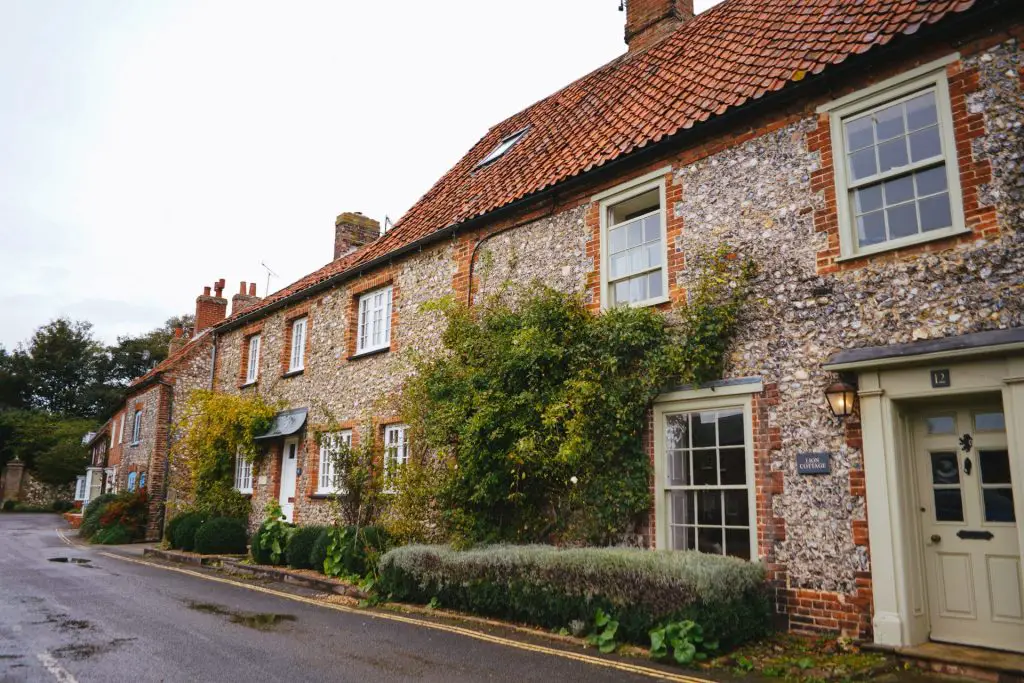
The Buy to Let Mortgage Process
The great news with buy to let mortgages is that affordability is more based off the rental income and potential of the property rather than when you apply for a residential property and the lender primarily looks at your earnings potential.
Mainly – can your rent more than cover the interest and repayment amount?
- You must ensure the rent is 125% of the mortgage payment
- And it must still be more than if the interest rate was 5.5%
You might find that some lenders apply stricter stress testing to the mortgage and rent, so they may go above 125%.
For example:
Mortgage Amount: £200,000
Annual Interest Payment @ 5.5%: £11,000
125% of Mortgage Payments: £13,750
Divided by 12 months: £1145
So in this example, the minimum rent of the house must be at least £1145 a month. If the rent is less than this, you’ll need to put in a larger deposit and take out a smaller mortgage with the lender.
Working with a broker, they’ll be able to understand your business or needs and criteria. For example like me, if you have a group structure in your companies, some lenders aren’t comfortable or experienced enough with this, so your broker should know who not to apply for based on their criteria.
After you’ve found a matching lender who suits your needs, this is when you put the application in and your broker will ask you for all the relevant information needed.
After the application, the lender will send a valuer to the property to check the price you’re paying for it. This is important to get your numbers right because if you over-buy on a property you can get a down valuation here which means either an awkward conversation with the owner to reduce your offer, or find the cash to cover the shortfall – which wouldn’t make it a good investment.
If the lender is happy with the valuation and they’ve done their due diligence into you and your company and you meet all the criteria – they will make their mortgage offer for you to accept.
Often the solicitors panels are a lot smaller for buy to let mortgages (unless you’re using a larger high street bank), so make sure you pick a lender first, before picking a solicitor. Otherwise you’ll have to change solicitors to a supported one for the lender and their panel.
Can I Change my Mortgage to Buy to Let?
Yes! There are two types of ways to change your residential mortgage into a buy to let mortgage.
The first way is a temporary way which is known as a Consent to Let – this is where you can speak to your lender who provides your current residential mortgage if you can get the permission to let your property out as a buy to let. This is very useful in scenarios where you need to temporarily rent your house out.
Often, lenders will want to understand why you want the consent to let, and it will also be a fixed amount of time, typically lenders will give you consent to let for 2 years. They may also ask for a higher interest rate.
You cannot use a normal residential mortgage for a buy to let, this is because the rates are different and you should not mis-use a product in this way as it may get you in trouble with the lender, you might be asked to repay the entire mortgage back or even worse, blacklisted.
The second way to change your mortgage to a buy to let, is simply remortgaging. If you’re moving house and you want to keep both properties, your broker can help you get a new mortgage on your new home, and also remortgage your old property onto a new mortgage product, but rather than remortgaging onto a residential mortgage, you just choose the buy to let product.
This will allow you to rent your old property out for as long as you like, to tenants on an assured shorthold tenancy. In this scenario, your original house that you remortgage onto a buy to let product will be assessed against the rental income of the property.


 10 Minute Read
10 Minute Read
